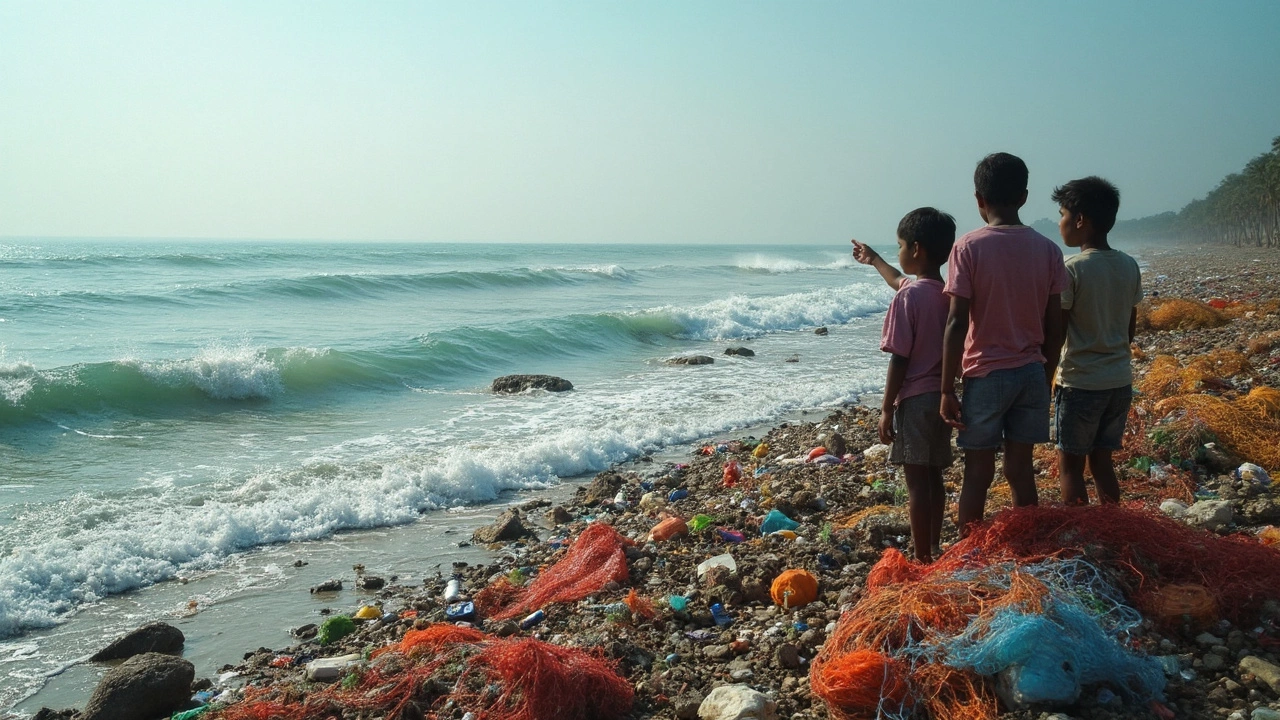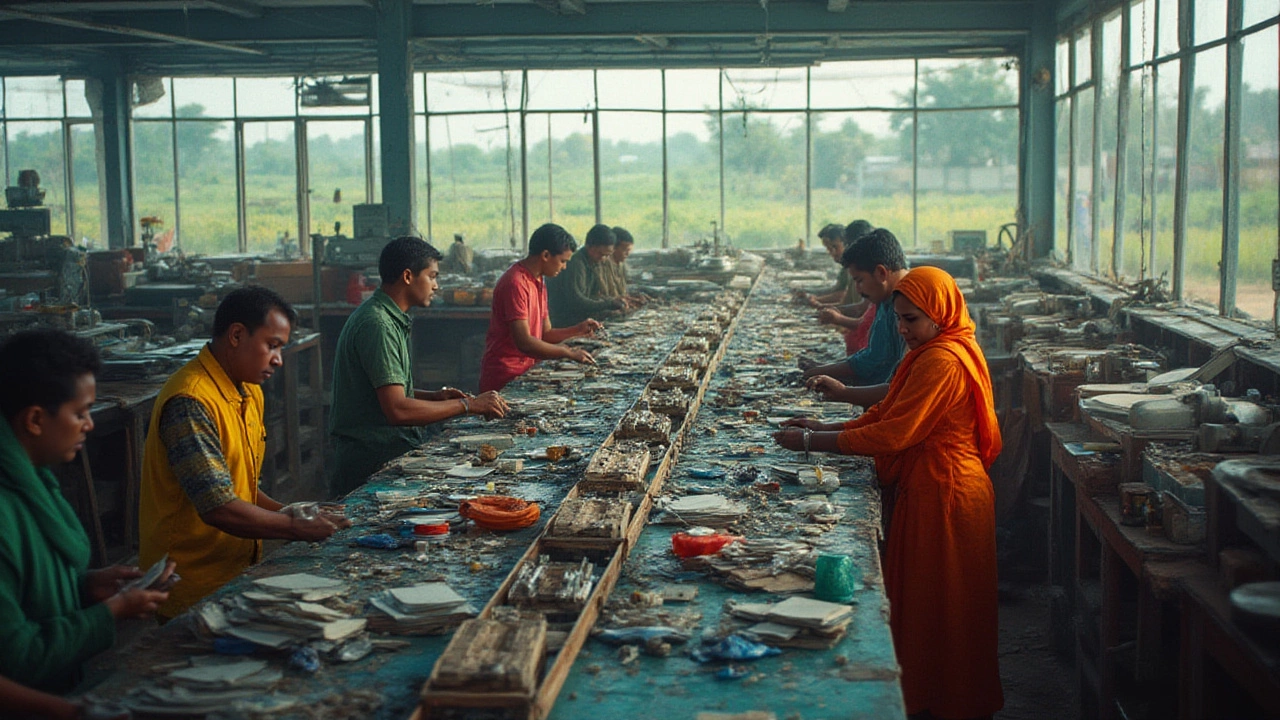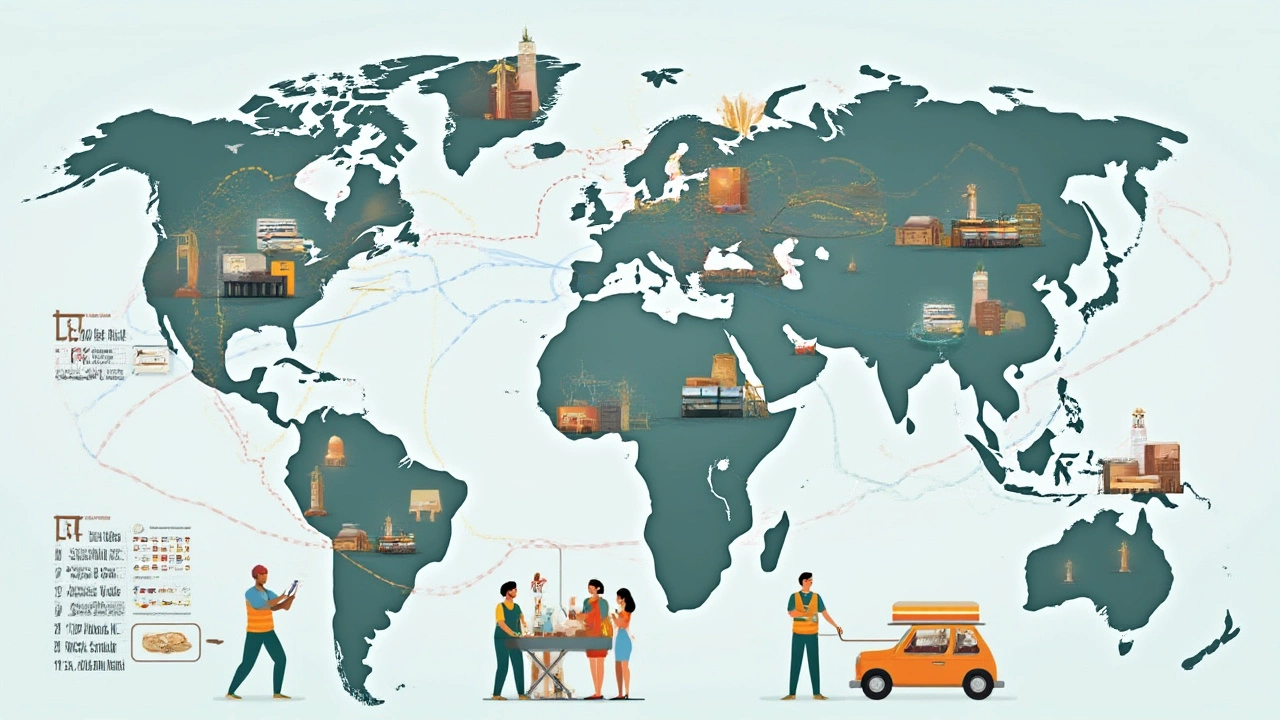Single-Use Plastics: Challenges, Trends, and Alternatives
When dealing with single-use plastics, lightweight items made for one‑time use that quickly become waste. Also known as disposable plastics, they dominate packaging, cutlery, and countless daily conveniences. Single-use plastics pile up in landfills and oceans, creating a visible crisis that pushes governments and businesses to rethink how we consume. This tag pulls together data on demand, recycling pathways, and emerging substitutes, so you get a clear picture of where the problem starts and how solutions are shaping up. Across India, bans on thin‑film bags and levies on plastic bottles have already reduced street litter by up to 30 %, showing that policy can drive measurable change. At the same time, manufacturers are scrambling to redesign product lines to meet new standards, which means the market is in constant flux.
One of the fastest‑growing responses is recycled plastic, post‑consumer material that’s processed back into usable resin for new products. It tackles the triple challenge of reducing virgin‑polymer extraction, cutting energy use, and keeping trash out of the environment. When manufacturers switch from new resin to rPET, rHDPE, or rPP, they lower the plastic demand pressure on oil feedstocks. Countries that set ambitious recycling targets see an uptick in demand for these recycled grades, which in turn fuels investment in sorting technology, collection infrastructure, and advanced depolymerisation methods. In India’s major cities, urban‑scale recycling hubs now process over 2 million tonnes of waste annually, feeding a growing domestic market for rPET bottles used in bottled water and soft drinks. This loop not only creates jobs but also reduces the carbon footprint of packaging chains.
The broader plastic demand, global appetite for polymer products across industries such as automotive, construction, and consumer goods is reshaping supply chains. In 2025, sectors like automotive and solar are favoring recycled grades over virgin material because of stricter ESG reporting and cost‑competitiveness of recycled feedstock. Yet demand for single‑use items remains stubborn because of convenience and price sensitivity in low‑income markets. That tension drives policy moves—bans on styrofoam cups, taxes on single‑use cutlery, and incentives for reusable packaging. Understanding how demand spikes, falls, or shifts helps businesses anticipate market swings, align with upcoming regulations, and tap into green financing opportunities. For example, a leading Indian FMCG company reported a 15 % reduction in packaging costs after switching 40 % of its sachet line to recycled HDPE.
Why the conversation matters
Environmental impact ties every thread together. Land‑based litter, ocean microplastics, and greenhouse‑gas emissions from petrochemical production all trace back to the volume of single‑use plastics we throw away. Switching to alternatives like biodegradable biopolymers, paper‑based cartons, or refill stations cuts the waste stream at the source. Companies that adopt these options often report brand‑image gains and long‑term cost savings, while consumers notice fewer plastic bags at checkout. Health concerns are also rising; studies show microplastic particles can enter the food chain via bottled water and seafood, prompting stricter safety standards. On the community level, city‑wide compostable cutlery trials have reduced plastic waste by 20 % within a year, proving that coordinated action works.
Below you’ll find a curated set of articles that dig into the latest market data, showcase successful recycling models, and walk you through practical steps to cut single‑use plastic use in everyday life. Dive in to see how the industry is evolving and what you can do right now.
Plastic Pollution in the Ocean: What’s the Biggest Offender?
Plastic pollution in the ocean is out of control, but some types of plastic waste are bigger problems than others. This article breaks down which plastic is the worst culprit and why it dominates the ocean trash pile. You’ll get the facts behind the most common ocean plastics, how they get there, and tips for both companies and individuals to tackle the issue. Pragmatic, data-driven, and full of actionable takeaways for anyone interested in making a difference. If you care about ocean health or your company’s environmental footprint, this is essential reading.
- manufacturing
- India
- food processing
- garden tips
- rice cultivation
- government schemes
- balcony garden
- urban gardening
- balcony gardening
- profitable business
- business ideas
- plastic manufacturing
- drip irrigation
- plant care
- steel manufacturing
- sustainable gardening
- startup ideas
- steel industry
- flower gardening
- textile manufacturers






